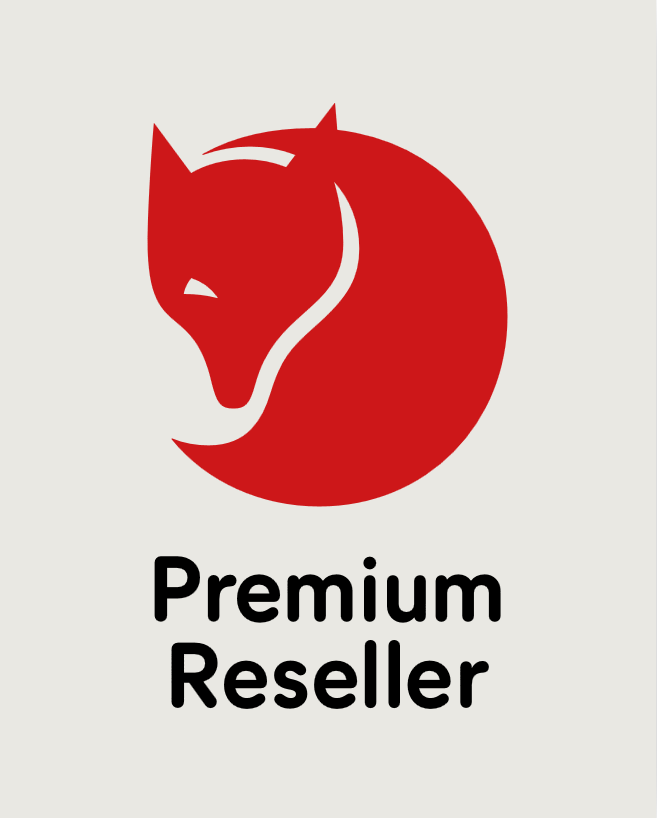The Story Behind Kånken

Among the array of Fjällräven products, the iconic Kånken backpack stands out as a symbol of durability and simplicity, catapulting our brand to global recognition since its inception during the back-to-school season of 1978. Today, Kånken has become a ubiquitous sight worldwide, spanning a versatile family of backpacks, totepacks, mini backpacks, and accessories—a testament to its journey of problem-solving, imagination, innovation, and resilience.
PRODUCTS | 6 minutes read

Virtually anywhere in the world, if you keep your eyes peeled long enough, you will likely see a Kånken. How the family of backpacks, totepacks, mini backpacks and accessories got to where it is today is a story of problem solving, imagination, innovation and tenacity.
Addressing a Generation's Needs:
In the late 1970s, alarming statistics revealed that nearly 80% of the Swedish population experienced back pain, with children increasingly affected. Attributed to the weighty shoulder bags prevalent among schoolchildren, this issue prompted Fjällräven founder Åke Nordin to envision a solution—a functional and comfortable square backpack tailored for children. Designed to accommodate school essentials while prioritizing durability, the innovative design featured shoulder straps running down the entire back, ensuring optimal weight distribution. Additionally, a detachable seat cushion provided both comfort and protection, reinforcing the brand's commitment to ergonomic design.
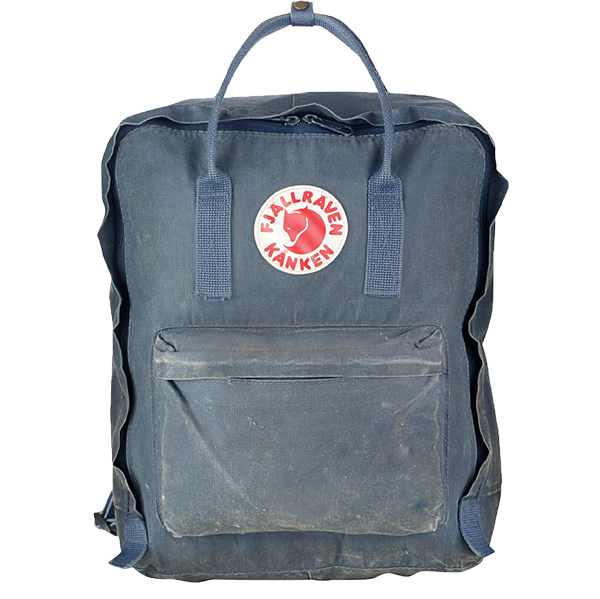
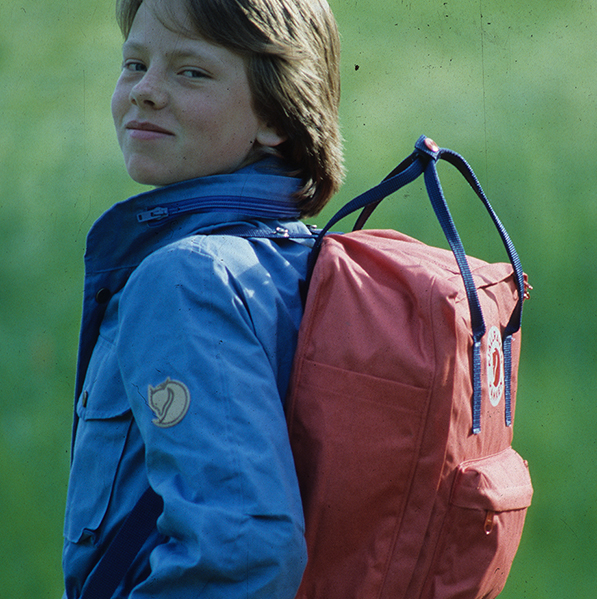
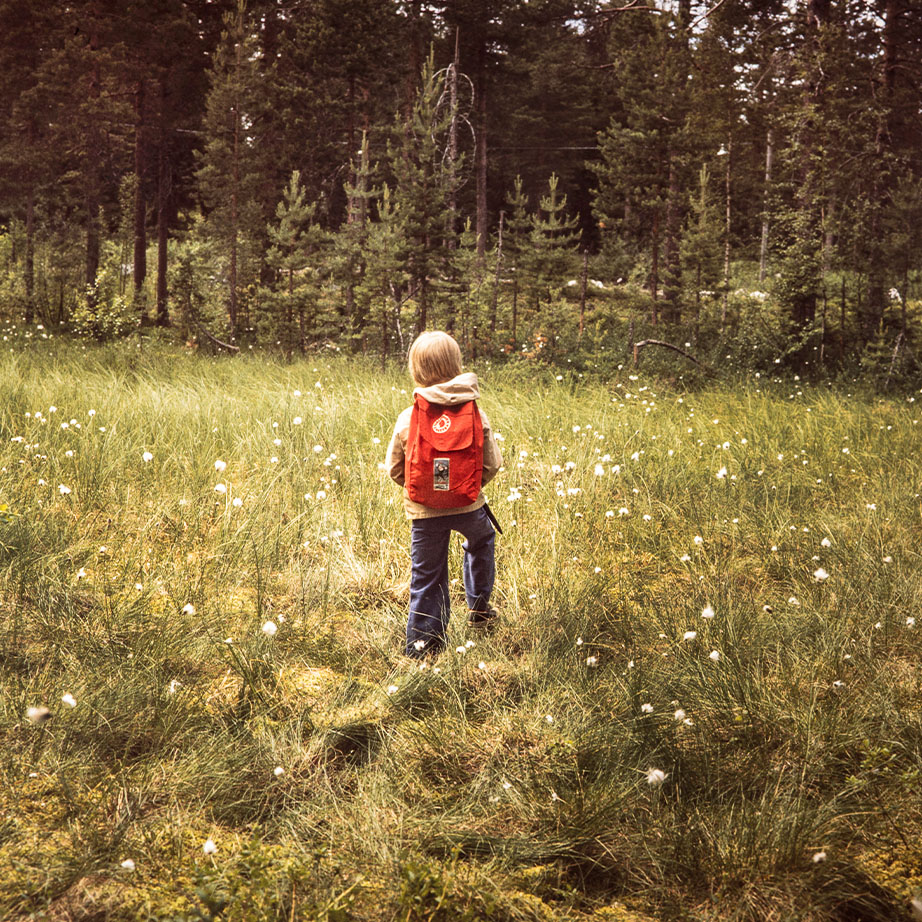
The first Kånken backpack was produced just in time for the 1978 school year in cooperation with the Swedish Guide and Scout Association. In the late 1970s, the organisation attracted over 80,000 children to outdoor activities through its Skogsmulle movement. The mulle was an outdoor leader who dressed up as a troll and taught children about nature directly in the forest. Soon enough, Kånken became synonymous with experiencing nature. In the forest with free hands, children learned the old Swedish expression, “There’s no such thing as bad weather, only bad clothes”.
The same seemed to be true for backpacks too.
Challenging boundaries…with colour?
Ensuring the venture was profitable, Åke had to make 5,000 Kånkens. With only one seller agreeing to take 75, he risked it and his brother-in-law – a reporter for a Swedish tabloid newspaper – sent an article about a backpack that could solve back pain in children. Over 100 outlets printed the story. Though Åke had planned to sell 200 Kånkens the first year, he sold twice as many. The following year, sales leaped to 30,000.
Kånken’s success assured, it graced the backs of children and adults in Sweden and Denmark for several decades. However, it sold only in small volumes outside of the two countries. With one exception: Japan. In 2006, on a routine supplier visit in Osaka, newly appointed CEO Martin Axelhed met Åke to propose an idea: a colourful facelift for Kånken.
Until then, Kånken was only available in a few colours. In 2008, just in time for Kånken’s 30th birthday, a bold new spectrum was introduced. The colours breathed personality and individuality to the backpack, but it was Martin’s wife who spotted a gap in the new palette. Where was the pink?
Though Kånken was a product anchored in tradition, it was a valid question. Pink – and a range of even more colours – were introduced.
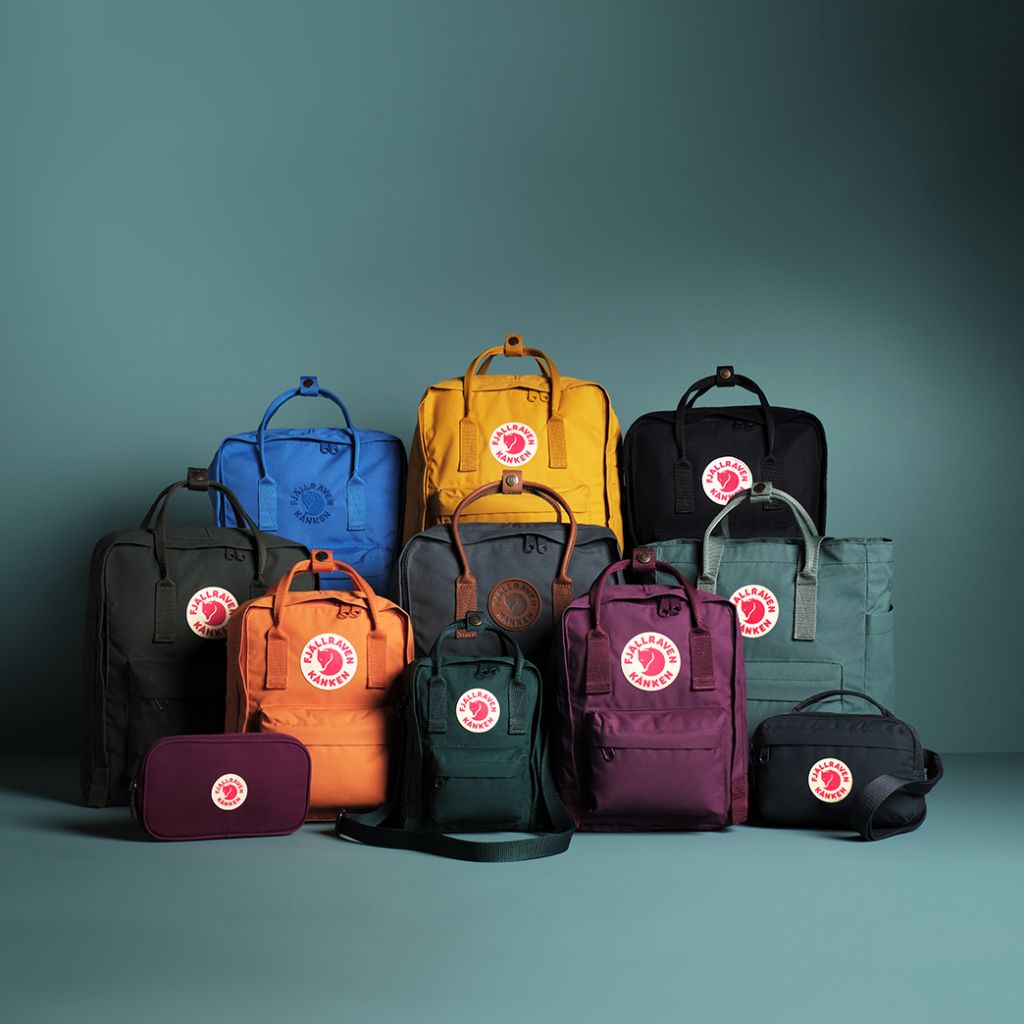
Pop(ular) art.
Kånken started making its transatlantic journey in 2007, when the backpack was made available in select trendsetter stores across the United States. Soon enough, Kånken was appearing in magazines, blogs and slung over the shoulders of hipsters and celebrities. The United States was the global launchpad Kånken needed, and people started making Kånken a part of their identity. Fans from around the world personalised their backpacks, taking them globetrotting, and posting their Kånken content to social media.
Staying true to its unique and simple design propelled the backpack to global brand status in pop culture. The Swedish Society of Crafts and Design have even designated Kånken a piece of utility art. It now has protection under copyright law.
Supporting sustainability through innovation.
For us at Fjällräven, Kånken has proven a useful platform for innovation and other initiatives.
For example, Re-Kånken was a test to make Kånken from as little raw material, water and energy as possible. It used 11 recycled PET bottles and was coloured using the more sustainable Spin-Dye® technology.

The Kånken Art series was launched alongside the Arctic Fox Initiative, our fund for non-profit organisations that protect the environment or encourage people to get into nature. Each year a different artist uses the backpack as their canvas to express their relationship with nature. The latest iteration, Kånken Art ’23 by Mander explores nature through the bold and energetic lens of 1980s skateboard culture. A portion of every sale goes to the Arctic Fox Initiative.
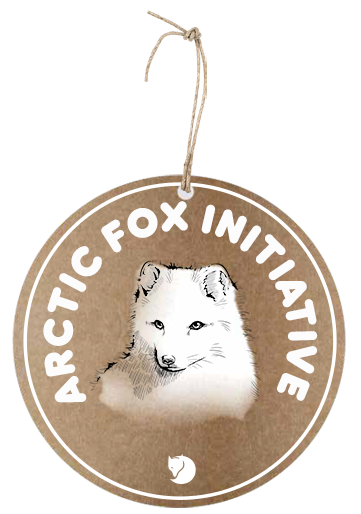
With Tree-Kånken, and Kånken Re-Wool, our R&D team tested making the backpack with alternative materials. Kånken Re-Wool uses a high-quality Melton fabric made from wool recycled from textile industry spill. Tree-Kånken launched a new plant-based fabric: Pine Weave. As opposed to fossil-based materials, Pine Weave uses only raw material from Swedish trees.
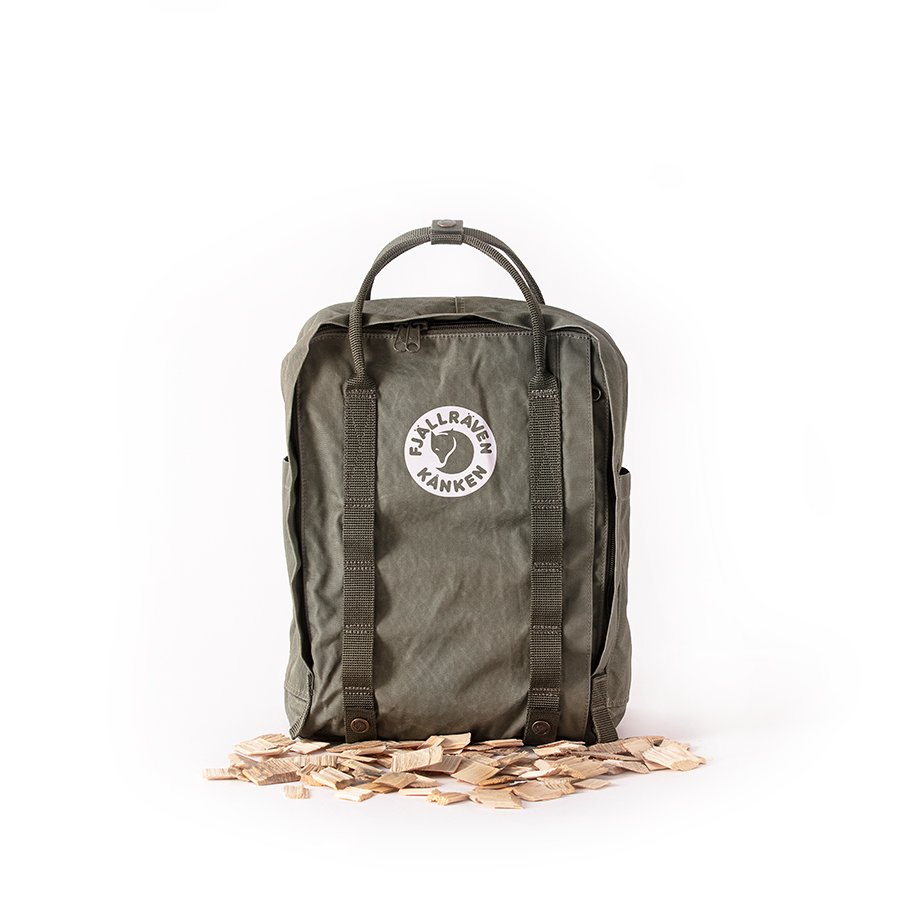
My Kånken, my way
The latest innovation in the Kånken-verse is the debut of Kånken Me. Inspired by the Kånken community, who personalise their backpacks with paint, badges and embroidery, the time was right to offer people a way to create their own Kånken online. With 14 colour choices and 15 customisable parts, there are over 100,000-billion possible design combinations. Virtually every Kånken Me will be one-of-a-kind.

But for all the progression, and for all the years that have passed, Kånken has remained steadfastly faithful to its original purpose: a practical and timeless product in which you can carry your stuff comfortably and hands-free.
July 2023

